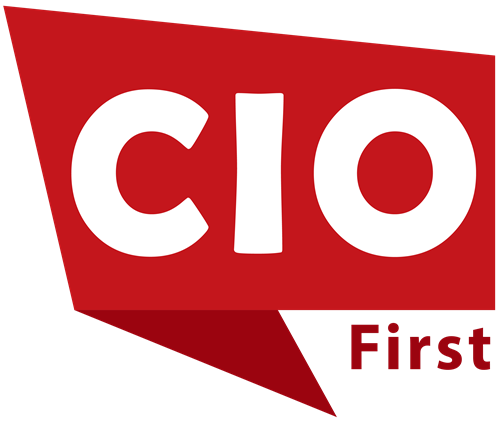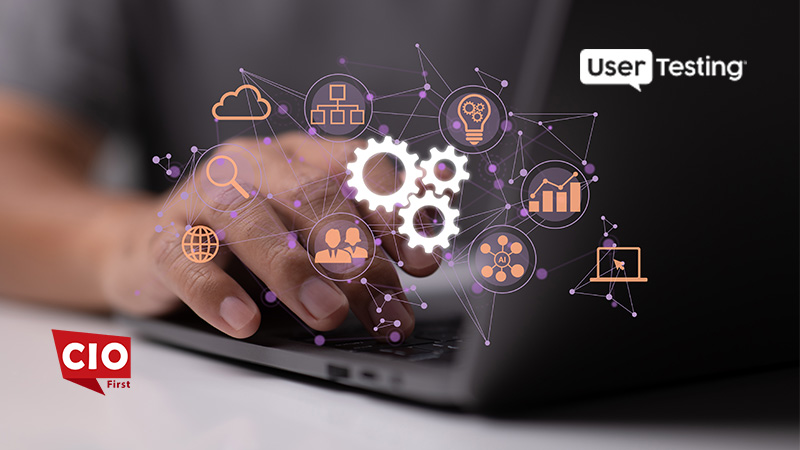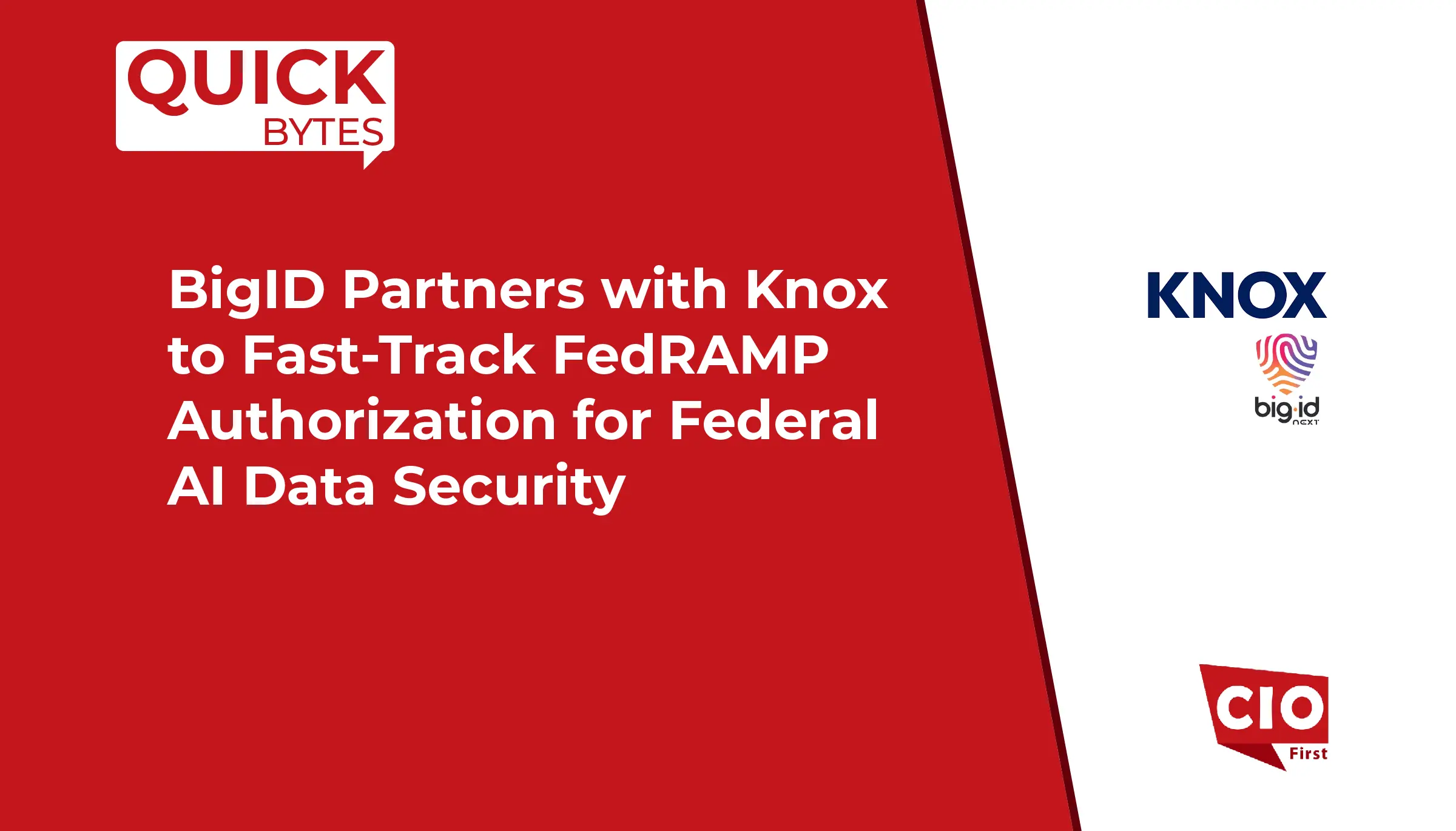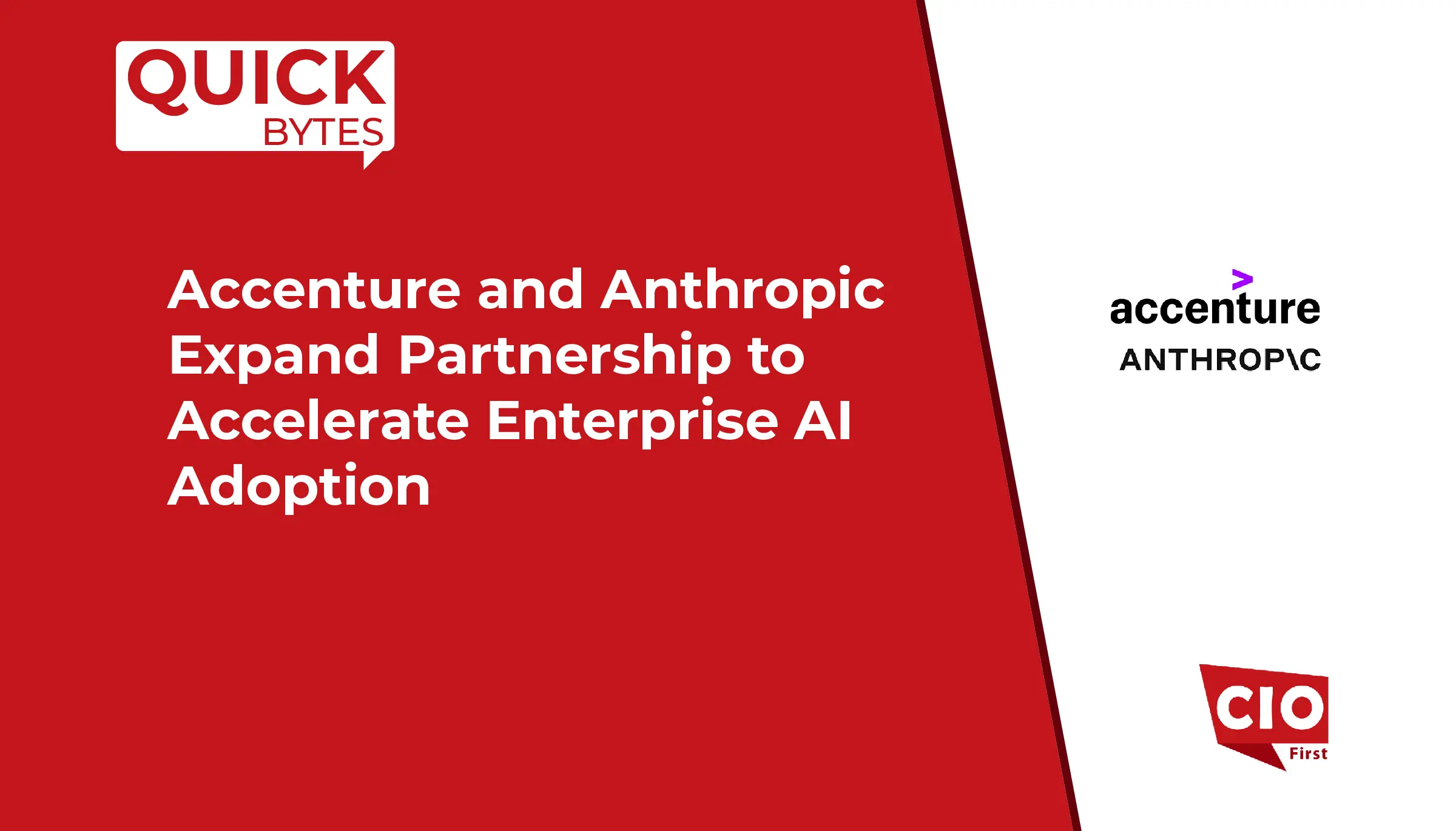In this fast-paced digital landscape, Infrastructure as Code (IaC) reigns supreme. It helps organizations set up and manage their infrastructure automatically. This boosts agility and efficiency. With IaC, cloud deployments become smooth performances of speed and precision. Still, wielding this strong tool brings with it an array of security challenges. Many organizations prioritize IaC security for compliance. However, a simple checkbox approach isn’t enough anymore. IaC security goes beyond avoiding fines. It’s crucial for the business. It affects profits, reputation, and the ability to innovate.
The Compliance Trap: The Illusion of Security
Compliance rules like PCI DSS, HIPAA, and SOC 2 cover infrastructure security. Many organizations now see IaC security mainly as a way to ensure compliance. They take basic security steps to meet these needs. They think they have handled the risks well. This is a dangerous misconception. Compliance is a baseline, not a ceiling. Simply checking the boxes doesn’t guarantee robust security. An attacker can exploit weaknesses in IaC, even if it meets some regulations. Think of it like building a house to code. It might pass inspection, but that doesn’t mean it’s immune to a hurricane. According to a report by Spacelift, in the past year, 80% of companies have been subject to cloud security breaches, underscoring the prevalence of such vulnerabilities
The Real Cost of IaC Security Failures: Beyond Fines
The consequences of neglecting IaC security extend far beyond regulatory fines. A security breach from misconfigured IaC can seriously harm a business. Consider the reputational damage. A public security incident can hurt customer trust. This can lead to lost business and damage brand image for a long time. In our connected world, news of a breach spreads quickly. Social media and online forums make it even faster. Recovering from such a blow can be incredibly challenging and costly.
Also Read: Beyond the Code: Elevating Standards with Software Quality Management in 2025 and Beyond
Beyond reputation, there are significant financial implications. A breach can cause sensitive data loss. This may lead to lawsuits, legal fees, and penalties. Incident response costs, system repairs, and business disruptions can add up fast. Picture this: An IaC template is set up wrong, revealing a database of customer credit card info. The breach could cost millions and harm the company’s reputation.
Innovation at Risk: The Chilling Effect of Insecurity

Insecure IaC can also stifle innovation. When developers and operations teams worry about security risks, they hesitate to experiment and explore new ideas. This can create fear. Navigating new technologies can be a challenge for organizations. In a fiercely competitive market, hesitation breeds disadvantage. However, prioritizing IaC security empowers teams to innovate fearlessly. Strong security lets them embrace new technologies and methods without fear of risk.
Building a Culture of Secure IaC: A Holistic Approach
Moving beyond compliance requires a fundamental shift in mindset. IaC security is key. It shouldn’t be an afterthought. Instead, it should be part of the software development lifecycle. This requires a holistic approach that encompasses people, processes, and technology.
First and foremost, it’s crucial to foster a culture of security awareness. Developers, operations teams, and security staff must grasp IaC security’s importance. They also need training in secure coding practices. Learn to spot and fix common vulnerabilities. These include hardcoded secrets, too-permissive access controls, and misconfigured resources.
Secondly, organizations need to implement robust processes for managing IaC security. This includes establishing clear guidelines for code reviews, automated testing, and vulnerability scanning. Treat IaC like any other code. It needs the same strict testing and quality assurance. Automating these processes is essential for ensuring consistency and scalability.
Finally, organizations need to leverage the right tools and technologies. Many IaC security tools can automate vulnerability scanning, policy enforcement, and compliance checks. These tools fit right into CI/CD pipelines. They help organizations spot and fix security issues early in development.
Shifting Left: Embracing Proactive Security
The concept of “shifting left” is crucial in IaC security. This means adding security early in the development process, not waiting until the end. Fixing security issues early helps organizations save money and simplify solutions. Picture building a dream home, each brick laid with love. Tackling structural issues at the outset is easier and cost-effective.
The Business Advantage of Secure IaC
Investing in IaC security isn’t merely an expense; it’s a business boon. Organizations that prioritize IaC security unlock several advantages. They reduce the risk of breaches, safeguard their reputation, and encourage a culture of innovation. They can boost efficiency by automating security tasks. This cuts down the time and effort needed for responding to incidents.
The Future of IaC Security: Embracing Automation and Intelligence

The future of IaC security lies in automation and intelligence. Cloud environments are getting more complex. So, manual security processes won’t be scalable anymore. Organizations should use automated tools and AI to find and lower security risks. This means using machine learning to find unusual activity. It helps predict threats and automate responses to incidents.
Conclusion: IaC Security as a Key Strategic Advantage
IaC security is not just a technical issue; it’s a strategic business imperative. Organizations that understand this and invest in complete IaC security will thrive in the digital age.Businesses can protect their assets and boost their reputation by adopting secure IaC. This shift goes beyond just compliance. It also fosters innovation. In the long run, secure IaC is not just about mitigting risks; it’s about enabling business growth and success.

























